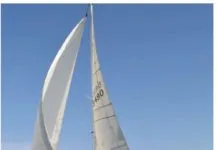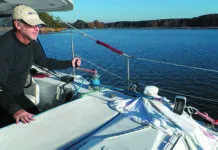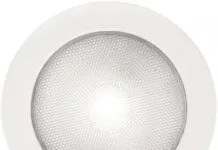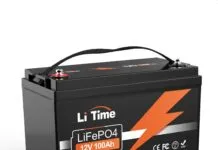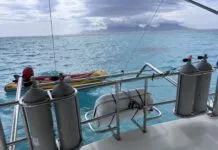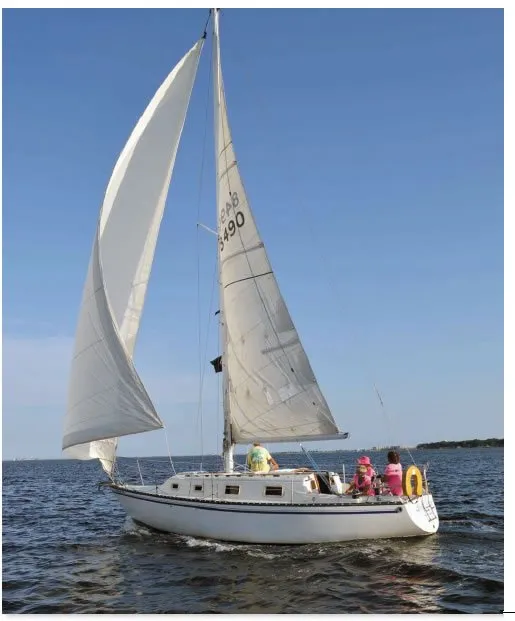Gemini 31/3000
The funny thing about the Gemini is that it's an old design. Ken Shaw drew the lines in 1969. There's nothing particularly contemporary about it. However, by painting the cabin sides black (Euro styling), adding a swept-back fiberglass "pilothouse" and gradually adding length to the full-bodied hulls, the Gemini has always looked like she belonged with her contemporaries, whether that was the 1980s or 1990s.
J/24
The J/24's PHRF rating ranges from 165 to 174, depending on the handicapper. The J/24 is best suited for racing; there are many boats in her size range that are far more comfortable and practical for daysaiIing. However, the J/24 is a joy to sail under mainsail alone. Unlike most boats, she balances and sails upwind at a respectable speed, and her maneuverability gives her tremendous freedom in crowded harbors.
Hunter 30
Hunter is offering an almost bewildering variety of models, with frequent updates and design changes. Model lines called "Hunter," or "Vision," or "Legend," have little in the way of family resemblance. The Hunter 30 is a John Cherubini design, as was the companion Hunter 27. The third of the original Hunters--the 25--was designed by Cherubini and Robert Seidelmann.
Jeanneau Arcadia
Like most of the Jeanneaus, the Arcadia (pronounced "Are-caw-dee-yah") is rare in America--only a few were imported--but, also like most of the Jeanneaus, the total production run is incredible--the factory popped out 600 completed boats in the Arcadia's first two years. The only American company that could even aspire to such numbers in a 30-footer is Catalina, and they produce a miniscule number of models compared to Jeanneau.
Lancer 28
The Lancer 28, built from 1977 to 1985, seems a rather tame and ordinary boat. Part of the variety in the Lancer line stems from the use of a number of different designers. Turner designed both the 25 and 28, the smallest Lancers from 1977 to 1983. Both are shoal-draft fixed-keel trailerables. The 25 and 28 are attractive boats with short ends, flattish sheer, and Swan-type bubble deckhouses.
Newport 28/28 II
There is a strong family resemblance between the Newport 28 and other C&C designs of the same period. In addition to the Newport 28, Capital built the Newport 41, another mid-1970s C&C design. The styling of both boats is characterized by the sweeping attractive sheerlines for which C&C is justifiably known.
Nonsuch 30
The Nonsuch 30 is an oddity. She is a fin keeled, spade ruddered boat with an unstayed wishbone cat rig. Weird. She is the concept of retired ocean racer Gordon Fisher, the design of Mark Ellis, and the created child of Hinterhoeller, who is one of the few production boatbuilders with the legitimate title Master Boatbuilder, earned the hard way through apprenticeship in Europe.
O’Day 22
O'Day Boats was around a long time by fiber-glass boatbuilding standards--about 30 years. When it was introduced, the O'Day 22 was touted as a competitive contender on the race course, a contrasting companion to the rather hazy 23-footer which it would soon phase out. The 22 had a masthead rig, a stylish rake to the transom, shallow (23") draft with a short stub keel and no centerboard, and a light weight (advertised 1,800 lbs) for trailering. Later, the 22 acquired a fractional rig, a centerboard and 300 advertised pounds.
O’Day 30
Over 350 O'Day 30s were built between 1977 and 1984. During 1984, the 30 was modified by changing the keel and rudder, and the stern was lengthened to accommodate a European-style boarding platform. This "new boat" was called the O'Day 31, and it stayed in production until 1986.
Olson 30
The Olson 30 is of a breed of sailboats born in Santa Cruz, California called the ULDB, an acronym for ultra light displacement boat. ULDBs are big dinghies--long on the waterline, short on the interior, narrow on the beam, and very light on both the displacement and the price tag. ULDBs attract a different kind of sailor--the type for whom performance means everything.


